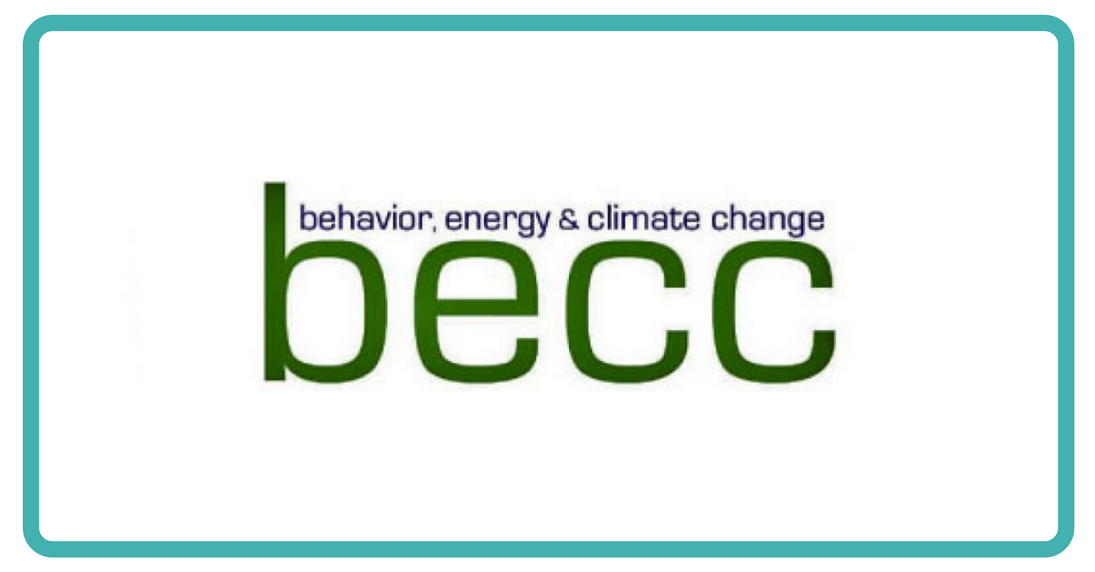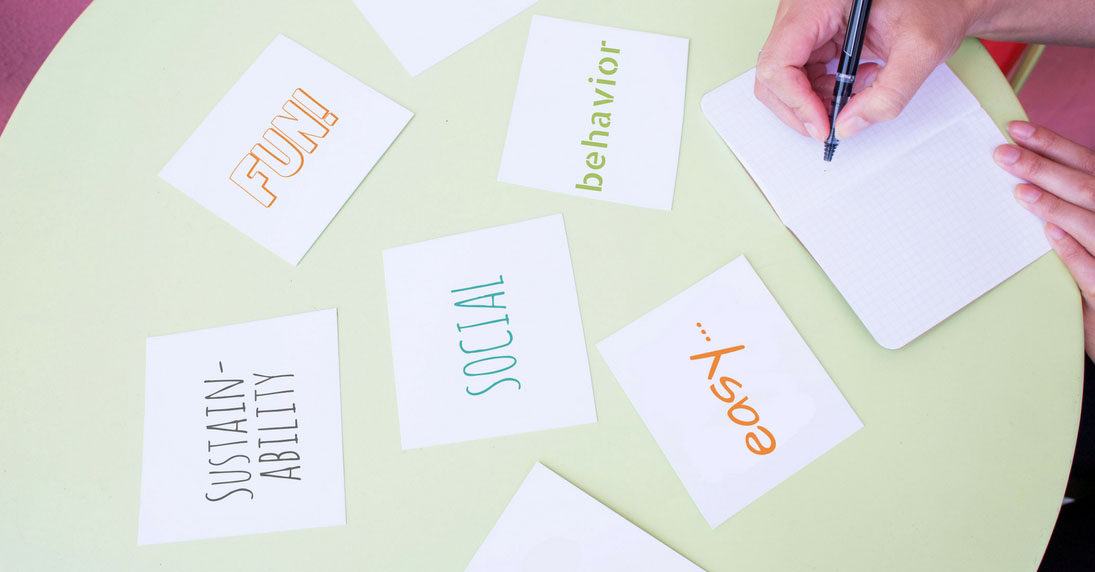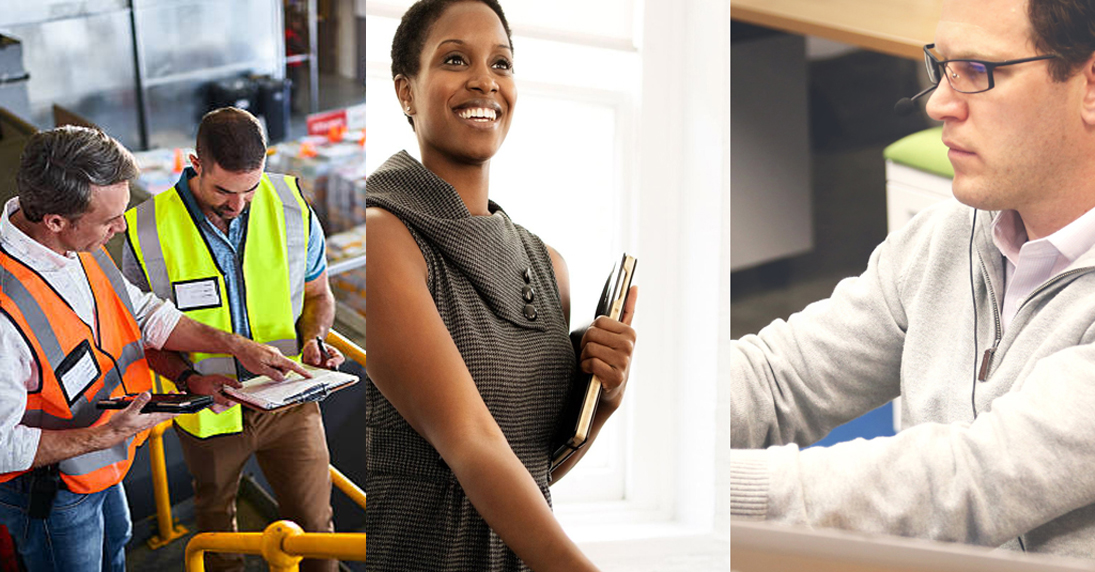Tag: behavior change
BECC Beckons

In a few weeks, several Cool Choices staff will attend the annual Behavior, Energy and Climate Change (BECC) conference. This will be my ninth time attending the annual BECC conference and I look forward to this event every year because for me, BECC is reinforcing, challenging and inspirational.
Sustainability from the Employee Perspective
Over the course of the sustainability programs we implement with our corporate partners we always solicit employee suggestions—ideas for reducing waste and increasing efficiency at these companies.
We get a lot of ideas; in a typical program, participants submit hundreds of suggestions associated with saving energy, water and fuel while also reducing landfill waste.
Recently we analyzed the ideas we received from all of our 2016 programs to look for patterns and lessons learned as a resource for sustainability leaders. The full results are available in our “Employee Perspectives on Sustainability” white paper.
People and Behavior: The Problem Becomes the Solution
In September I’ll present at the World Energy Engineering Congress in Atlanta. I’ll present on Engaging Employees to Maximize Savings: A Cool Approach as part of a session titled How to Stop Misbehaving to Save Energy and Money. The session title suggests that the priority is to stop bad behavior; here at Cool Choices, though, we focus on identifying, amplifying and multiplying good behavior.
It’s really about the frame.
Increasing Participation in Sustainability Programs
We get a lot of questions from sustainability leads and green teams about strategies for increasing employee participation rates. Sometimes people are curious about participation rates elsewhere, wondering if their struggles are typical or not. In other cases, the tenor of questions is more cynical—green team members tell me that their situation is unique, that people in the organization “just don’t care.”
Identifying and Measuring Sustainability Impacts for Cities

Hundreds of cities, counties, and even states made (or renewed) a public commitment to reducing greenhouse gas emissions. Some local governments made this commitment in response to President Trump’s decision to withdraw from the Paris Climate Agreement. Others re-affirmed an existing commitment. For more than a decade, cities – both large and small – have recognized the economic advantages associated with sustainability, and have set aggressive goals. At the same time, sustainability advocates have long argued that cities – with zoning authority and direct accountability to a local population – are best poised to lead on sustainability. From recycling policies, to planning decisions that make it easier to bike to work, cities are where change is happening.
Making Sustainability Visible: Why It’s Important

When you think about changing a habit in your life, whether the habit is related to physical health, sustainability, or even your on-line habits, there are two paths you might take regarding the change: making it very visible or largely invisible. Here’s the difference:
Sustainability: Behavior Change Can be Fun, Social, and Easy

From the beginning, our mission at Cool Choices has been to inspire individuals, businesses, and whole communities to adopt sustainable practices which reduce greenhouse gas emissions. We aim to accomplish our mission by changing behaviors. Sound easy, right? Maybe not. We also aim to make sustainable behavior change fun and social. Here’s how.
Cool Choices in Action: Inpro’s Sustainability Story

Cool Choices met with Amanda Goetsch, Corporate Sustainability Manager at Inpro Corporation, during a recent webinar to discuss the successful results Inpro received from implementing Cool Choices employee engagement programs as part of their sustainability initiatives.
Sustainable Practices that Add Up

We often assert that small sustainable practices add up. So what are some specific examples? Honestly, the examples are everywhere!
Business Sustainability Role More Clear: Kuntz Reflects on 7 Years

I celebrated my seventh anniversary with Cool Choices last week at the Sustainable Brands conference. The event, which is very much a celebration of business leadership on sustainability coupled with a strong nudge to do more faster, was exactly the right place to be as I reflected on these past years.




